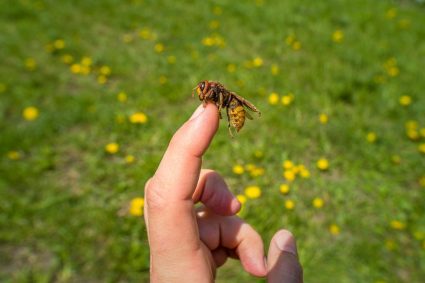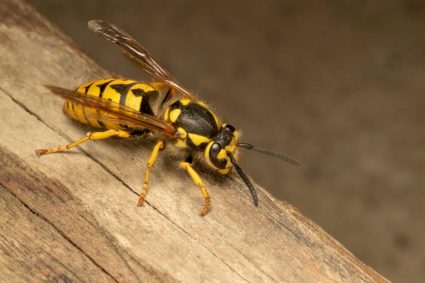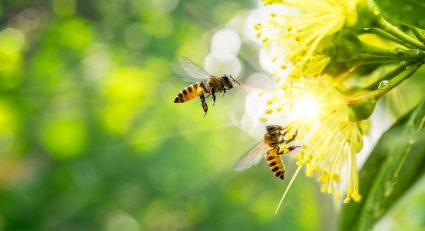
Creating an inviting and enjoyable outdoor space is a goal many homeowners and property managers share. However, a common challenge faced in maintaining such spaces, particularly pavilions, is the intrusion of birds. While birds are beautiful creatures and essential to our ecosystem, their presence can sometimes become a nuisance, leading to noise, mess, and potential damage. This article provides a comprehensive guide on how to keep birds out of your pavilion, with humane, effective, and aesthetically pleasing solutions.
Keeping birds out of your pavilion can be achieved by using a combination of visual deterrents like reflective scare rods or predator decoys, physical barriers such as bird netting or spikes, and chemical deterrents like Avian Block Bird Repellent pouches. Additionally, incorporating bird-friendly architectural elements and deterrents into the pavilion’s design can help. Remember to avoid common mistakes such as not changing or moving deterrents regularly, and always consult local wildlife authorities if birds have nested in your pavilion.
Understanding the Problem
Birds are attracted to pavilions for several reasons, including the availability of food and water, shelter from predators, and suitable nesting spaces. While some bird visits are harmless, problems arise when they start to nest and roost, leading to noise, droppings, and potential structural damage.
Bird Deterrents: Your First Line of Defense
Visual Deterrents
Visual deterrents are designed to scare birds away by exploiting their natural fear of predators and bright, reflective objects. Reflective scare rods, holographic tape, or small mirrors can be hung around the pavilion to create a visual disturbance that birds will avoid. Predator decoys, such as statues of owls or hawks, can also be effective in scaring away smaller birds.
Physical Barriers
Physical barriers, such as bird netting or bird spikes, can prevent birds from roosting or nesting in the pavilion. Bird netting can be used to cover the entire pavilion or specific areas where birds are likely to roost. Bird spikes can be attached to flat surfaces, ledges, or rafters to discourage birds from landing.
Chemical Deterrents
Chemical deterrents, like Avian Block Bird Repellent pouches, can drive unwanted birds away. These pouches emit a scent that birds find unpleasant, deterring them from the area.
The Role of Pavilion Design and Structure
Incorporating bird-friendly architectural elements and deterrents into the pavilion’s design can effectively prevent bird intrusions. Consider using bird control devices such as bird netting, stainless-steel bird spikes, and AviAngle to deter birds from roosting on the structure. Fritted glass with ceramic frit or dot patterns can reduce glare and make the glass more visible to birds, preventing collisions.
Common Mistakes to Avoid
While trying to keep birds out, people often make certain mistakes, such as not changing or moving deterrents regularly, overlooking nesting spaces, providing food and water sources, relying solely on visual deterrents, and not considering long-term solutions. It’s crucial to use a combination of deterrent methods, regularly change or move visual deterrents, block off nesting spaces, and consider long-term habitat modification solutions.
When Birds Nest in Your Pavilion
If a bird has nested in a pavilion, and the species is protected by law, it is crucial to proceed with caution. Always consult local wildlife authorities and follow the appropriate laws and regulations when dealing with bird nests.
Conclusion
Keeping birds out of your pavilion doesn’t have to be a daunting task. With a combination of deterrents, bird-friendly design elements, and an understanding of common mistakes to avoid, you can effectively maintain a clean and enjoyable outdoor space. Remember, the key is to balance the need for bird control with respect for the wildlife that shares our environment.
By following this comprehensive guide, you can enjoy your pavilion without the nuisance of bird intrusions, ensuring that your outdoor space remains a peaceful haven for relaxation and entertainment.
Frequently Asked Questions
What are some examples of bird-friendly architectural elements that can be incorporated into the pavilion’s design?
Bird-friendly architectural elements include incorporating bird netting or bird spikes into the design of the pavilion. These can be attached to flat surfaces, ledges, or rafters to discourage birds from landing. Fritted glass with ceramic frit or dot patterns can also be used to reduce glare and make the glass more visible to birds, preventing collisions.
Are there any specific laws or regulations I should be aware of when dealing with bird nests in my pavilion?
Yes, many bird species are protected by local laws and regulations. If a bird has nested in your pavilion, it’s crucial to consult with local wildlife authorities before taking any action. They can provide guidance on how to proceed in a manner that respects the wildlife and complies with the law.
What are some common mistakes people make when trying to keep birds out of their pavilions?
Some common mistakes include not changing or moving deterrents regularly, overlooking potential nesting spaces, providing food and water sources that attract birds, relying solely on visual deterrents, and not considering long-term habitat modification solutions. It’s essential to use a combination of deterrent methods and regularly change or move visual deterrents to be effective.
How effective are chemical deterrents in keeping birds away from pavilions?
Chemical deterrents, like Avian Block Bird Repellent pouches, can be quite effective as they emit a scent that birds find unpleasant. However, it’s important to remember that these should be used as part of a comprehensive bird deterrent strategy, not as a standalone solution.










